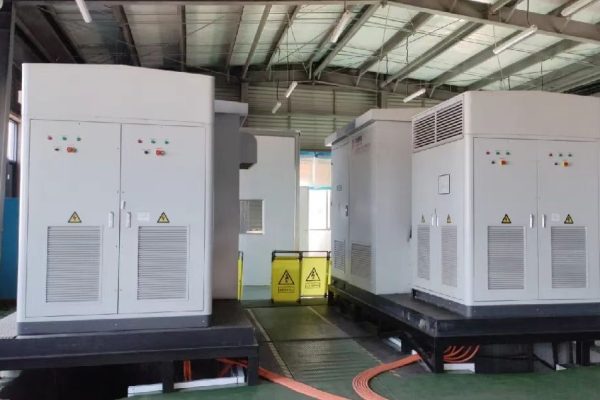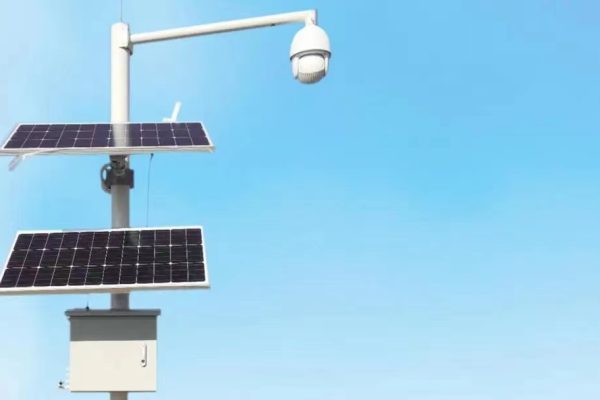How PV + Storage Companies Can Use Content to Attract and Win Technical Buyers
1. Why a Blog is More Than Just Marketing
For many PV and energy storage companies, a blog often feels like a “nice-to-have” — a way to boost SEO and post occasional company news. But in B2B engineering markets, a well-executed blog is more than a traffic generator; it’s a lead conversion engine.
Technical buyers — system designers, EPC project managers, and procurement engineers — don’t buy based on flashy ads. They buy from brands that prove competence and solve real problems. A blog, if structured strategically, can:
- Build trust through technical credibility
- Generate qualified leads rather than generic inquiries
- Reduce pre-sales effort by answering common questions upfront
2. Understanding the Engineering Buyer’s Journey
Unlike retail customers, engineers follow a logic-driven decision process:
- Problem Recognition – “We need a hybrid inverter for a 500 kWh BESS project.”
- Research & Shortlist – Evaluate technical specs, compatibility, standards.
- Validation – Look for real-world examples, case studies, and peer recommendations.
- Procurement Decision – Select the supplier that offers the best combination of technical fit, reliability, and support.
Your blog content must align with each stage—from awareness to final decision—without being purely promotional.
3. Step-by-Step: Building a Blog That Converts Engineering Leads
Step 1 – Define Your Target Persona
For PV + storage, this might include:
- Project engineers at EPC firms
- Procurement managers for commercial installations
- System integrators looking for compatible components
Understanding their pain points ensures your blog posts are problem-solving, not product-pushing.
Step 2 – Choose Topics That Map to Technical Needs
High-conversion blog topics are often how-to, analysis, and problem-solving pieces. Examples:
- “How to Integrate Third-Party Batteries into Your Existing Inverter System”
- “IEC and UL Compliance for Exporting ESS to Multiple Regions”
- “Common Design Mistakes in 50 kWh+ Storage Systems”
The goal is to solve problems engineers face before they even talk to you.
Step 3 – Structure for Readability and Searchability
Engineers are busy. Your blog should be:
- Scannable – Short paragraphs, clear headings, bullet points
- Data-driven – Include charts, diagrams, test results
- SEO-optimized – Use relevant keywords without stuffing
Example: Instead of “Inverter Guide”, use “Multi-Phase Inverter Applications in Small Commercial Projects” for better search intent alignment.
Step 4 – Include Lead Capture Opportunities
A high-traffic blog is useless if visitors leave without engaging. Add:
- Downloadable whitepapers in exchange for email addresses
- Project design checklists for engineers
- Links to request a quote or consultation
Step 5 – Balance Technical Depth with Accessibility
Your audience may include procurement managers without deep electrical knowledge. Strike a balance:
- Use clear language for decision-makers
- Provide deep technical appendices for engineers
- Avoid overly promotional tone — position your company as a knowledge partner, not a salesperson
Step 6 – Consistency is Key
One post a month won’t move the needle. A weekly or bi-weekly schedule ensures:
- Regular SEO growth
- Ongoing engagement
- A steady pipeline of inbound leads
4. Measuring Blog Conversion Success
Track metrics that matter for engineering leads:
- Time on page – Are readers engaging with your content?
- Click-through to spec sheets or datasheets
- Lead form submissions from blog pages
- Email open rates for blog-based campaigns
Use tools like Google Analytics and HubSpot to connect blog traffic to actual sales inquiries.
5. Common Mistakes to Avoid
- Writing for Google, not people – Keywords help, but relevance is king.
- Only posting company updates – Buyers want problem-solving content, not press releases.
- No follow-up strategy – Failing to nurture leads after they download resources.
6. Example Blog Strategy for a PV + Storage Supplier
Month 1 – Awareness Topics
- “5 Common Mistakes in Off-Grid PV + Storage Design”
- “Understanding Fire and Arc Protection in Integrated Systems”
Month 2 – Evaluation Topics
- “PV Inverter Compatibility with Lead-Acid and LiFePO₄ Batteries”
- “Essential QC Steps Before Inverter Shipment”
Month 3 – Decision Topics
- “Calculating ROI for Small Commercial ESS”
- “How to Deal with Warranty Claims as a Middleman”
Lead Magnet: Downloadable “Small Commercial PV+Storage Design Checklist”
7. From Content to Contracts
For engineering buyers, trust is built through consistent technical value. A well-structured blog:
- Positions your brand as an expert in PV + storage solutions
- Shortens the sales cycle by addressing technical questions upfront
- Generates high-quality leads that are ready to engage
If you treat your blog as a strategic sales tool rather than a content dump, it can be the most cost-effective lead generation channel in your marketing mix.









